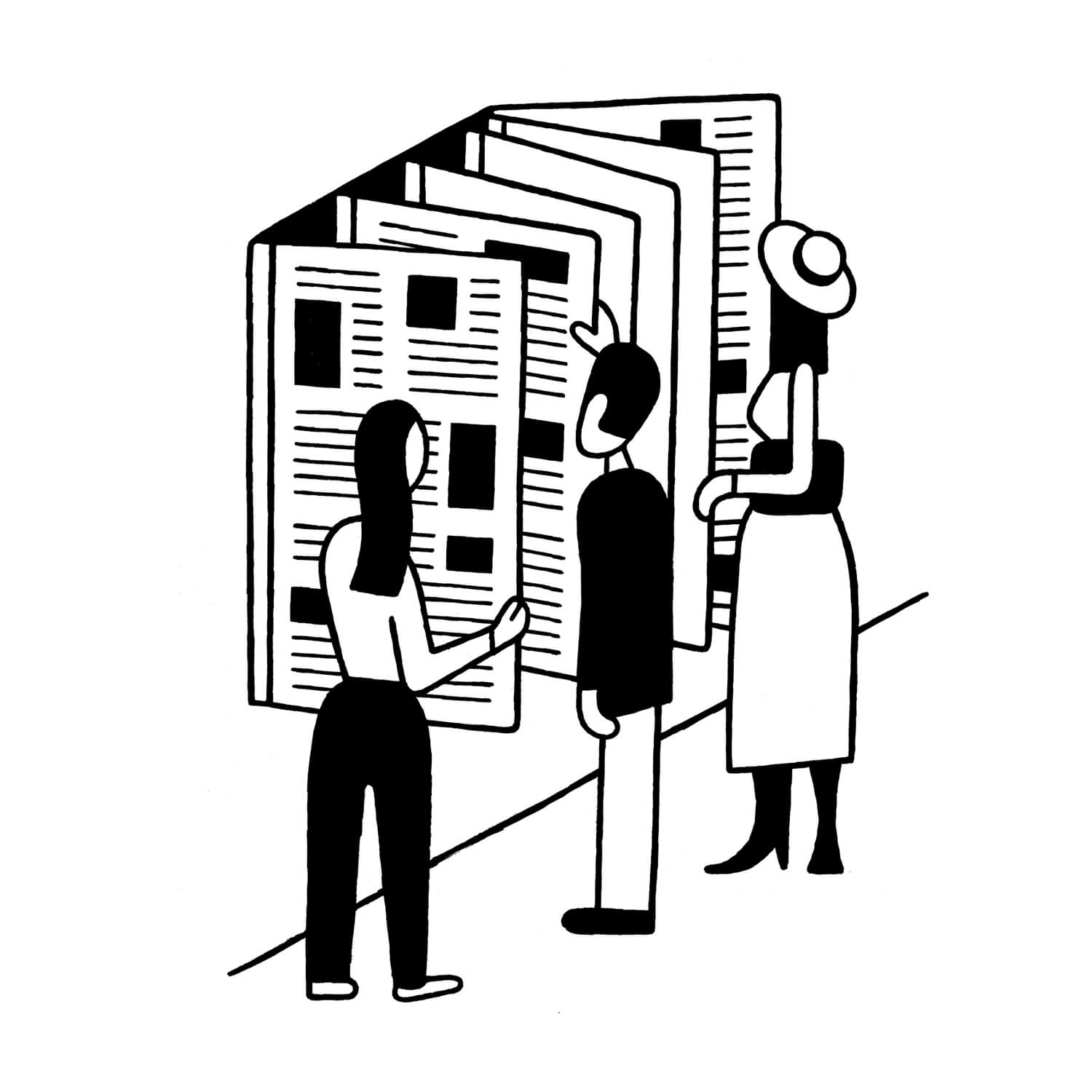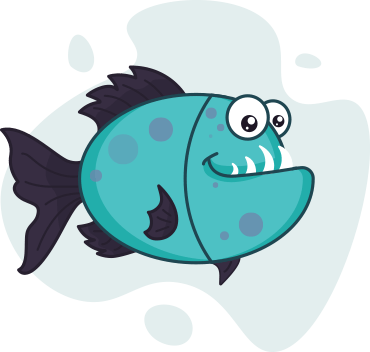Newspaper Spot Illustration Pricing Per Image

Table of Contents
ToggleIntroduction
Spot illustrations—small, standalone images embedded within articles—are a cornerstone of visual journalism. They add narrative flair, break up text-heavy layouts, and help publications stand out in an era of declining print engagement. But how much should a newspaper pay per image for these illustrations?
This guide walks both illustrators and editors through spot illustration pricing, drawing from industry standards, real-world experience, and best practices.
1. Factors That Influence Spot Illustration Pricing
Size & Complexity
While “spot” implies small, size isn’t always the main driver—complexity is.
For example:
- A simple black-and-white sketch of a coffee cup may take 30 minutes.
- A cross-hatched scene of a newsroom with reporters at desks could take 5–8 hours.
“When I charged $125 for a simple icon set, the client loved the speed. But for a full editorial image, I now quote $350–400 due to the time spent on detail and concepting.”
— Nadia Liu, Freelance Editorial Illustrator
Color vs. Black and White
Color illustrations typically involve more layers, shading, and prep work, requiring:
- More time in software like Procreate or Illustrator
- Proofing for CMYK print compatibility
- Greater artistic direction
This can raise the base rate by 20–40% depending on complexity.
Turnaround Time
Rush jobs incur premiums. A “48-hour turnaround” often means other projects are delayed.
Pro tip: Many illustrators add a 25–50% rush fee if the lead time is under 48 hours.
Usage Rights & Licensing
Newspapers must be clear: will the image appear once, or be used:
- In print and web
- In future editions
- For marketing/promotions
The more usage rights, the higher the price. Reference standards like the Graphic Artists Guild Handbook of Pricing and Ethical Guidelines for typical licensing costs.
Artist Experience
Professional illustrators command more:
- Strong portfolios
- Distinct styles
- Faster, cleaner deliveries
- Lower revision needs
A seasoned illustrator may charge $300–$800+ per image, while a newer freelancer might ask $75–$150.
2. Realistic Pricing Ranges (Per Image)
The following are 2025 benchmarks based on industry surveys and freelance market platforms:
| Illustrator Level | Pricing Range (USD) | Typical Use Case |
|---|---|---|
| Entry-Level | $50 – $100 | Local newspaper, student work |
| Mid-Level | $100 – $300 | Regional papers, established freelancers |
| Professional | $300 – $800+ | National publications, unique stylistic work |
According to the 2024 Creative Freelancer Report by FreelanceFoundry, the median rate for editorial spot illustrations was $250/image across North America.
3. Common Pricing Models
Flat Fee (Per Image)
- Most common model
- Easy for editors to budget
- Ideal for defined scopes
Example:
“$200 per image, 2 revisions included, B&W, one-time print rights.”
Hourly Rate
Used when scope is unclear or project is open-ended.
Rates typically range from $30–$100/hr.
Example:
“Estimated 5 hours @ $60/hour = $300 total.”
Package/Bulk Pricing
For series work or column art:
- 5 illustrations: $900 (instead of $1,250)
- 10-image series: $1,800 flat
License Add-ons
Charge separately for:
- Web use: +$50
- Reprint rights: +$100
- Syndication use: +$150
4. Behind-the-Scenes: How Spot Illustrations Are Made
Illustrators typically follow a workflow like this:
- Creative Brief from editor (subject, tone, size)
- Rough sketch or thumbnail (shared for approval)
- Linework and inking (digital or analog)
- Coloring (if applicable)
- Client revisions
- Final delivery (usually as a .PNG or .EPS)
This often spans 2–5 days depending on scope and revisions.
5. Best Practices for Pricing Negotiation
For Illustrators
- Know your value: Factor time, materials, and skill level.
- Use contracts: Clarify scope, usage, payment, and revisions.
- Set revision limits: Two rounds is standard.
- Charge kill fees: If canceled mid-project, 25–50% of total fee.
“After getting ghosted on a rush piece, I implemented a 50% deposit policy and a $75 kill fee clause. No issues since.”
— Luis Mendoza, Freelance Illustrator
For Publishers
- Offer clear briefs: Saves time and revision rounds.
- Respect deadlines: Especially when rush fees are waived.
- Budget for quality: Good illustration increases reader engagement.
- Understand usage rights: Be transparent about where the artwork will be used.
6. Real-Life Anecdotes and Scenarios
- Scenario 1:
A local newspaper hires a student illustrator for a weekly cartoon. They agree on $75 per image, one revision, print-only rights. - Scenario 2:
A national media brand commissions a stylized series from a known illustrator for a 5-part opinion series. The total: $2,000 for 5 images, with full digital and print rights and a 3-day turnaround.
These contrasting examples show how context shapes pricing.
Conclusion
Spot illustration pricing is nuanced, influenced by creative scope, turnaround time, and licensing needs. For illustrators, understanding the value of your time and style is key. For editors, budgeting fairly fosters strong, lasting creative relationships.
By following transparent practices—and updating your knowledge regularly—you’ll ensure fair pay, creative clarity, and a better illustrated world of journalism.
FAQs
1. What is a spot illustration?
A spot illustration is a small, standalone image used to accompany an article, usually placed inline or adjacent to text in newspapers or magazines. It visually enhances storytelling, breaks up dense content, and captures readers’ attention.
2. What’s the average rate for a spot illustration in a newspaper?
Rates vary widely based on factors like artist experience, complexity, and rights usage. On average:
- Entry-level: $50–$100
- Mid-career: $150–$300
- Professional: $300–$800+
High-profile commissions or multi-use rights can push rates higher.
3. How do usage rights affect pricing?
Usage rights refer to where and how the illustration can be used. More usage = higher price. Common usage tiers include:
- Print only
- Print + Web
- Marketing/Promotional use
- Full buyout
Always clarify rights in writing. A one-time print license may be $200, while unlimited rights might justify $500+ for the same artwork.
4. Should illustrators charge per hour or per image?
Per image (flat fee) is more common and preferred for editorial work. It allows both parties to agree on a budget upfront.
Hourly rates ($30–$100/hr) are sometimes used when the scope is unclear or evolving, but they can lead to misaligned expectations if not properly scoped.
5. What’s a kill fee, and should I use one?
A kill fee compensates the illustrator if a project is canceled after work has begun. It’s typically 25–50% of the agreed fee, depending on how far along the work is.
Yes, you should use one—it protects your time and effort if a client backs out mid-project.







